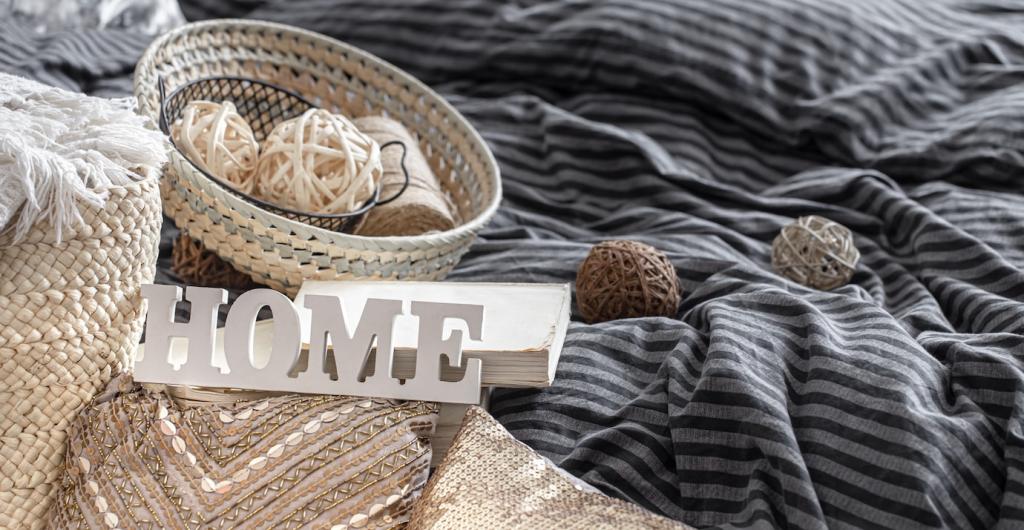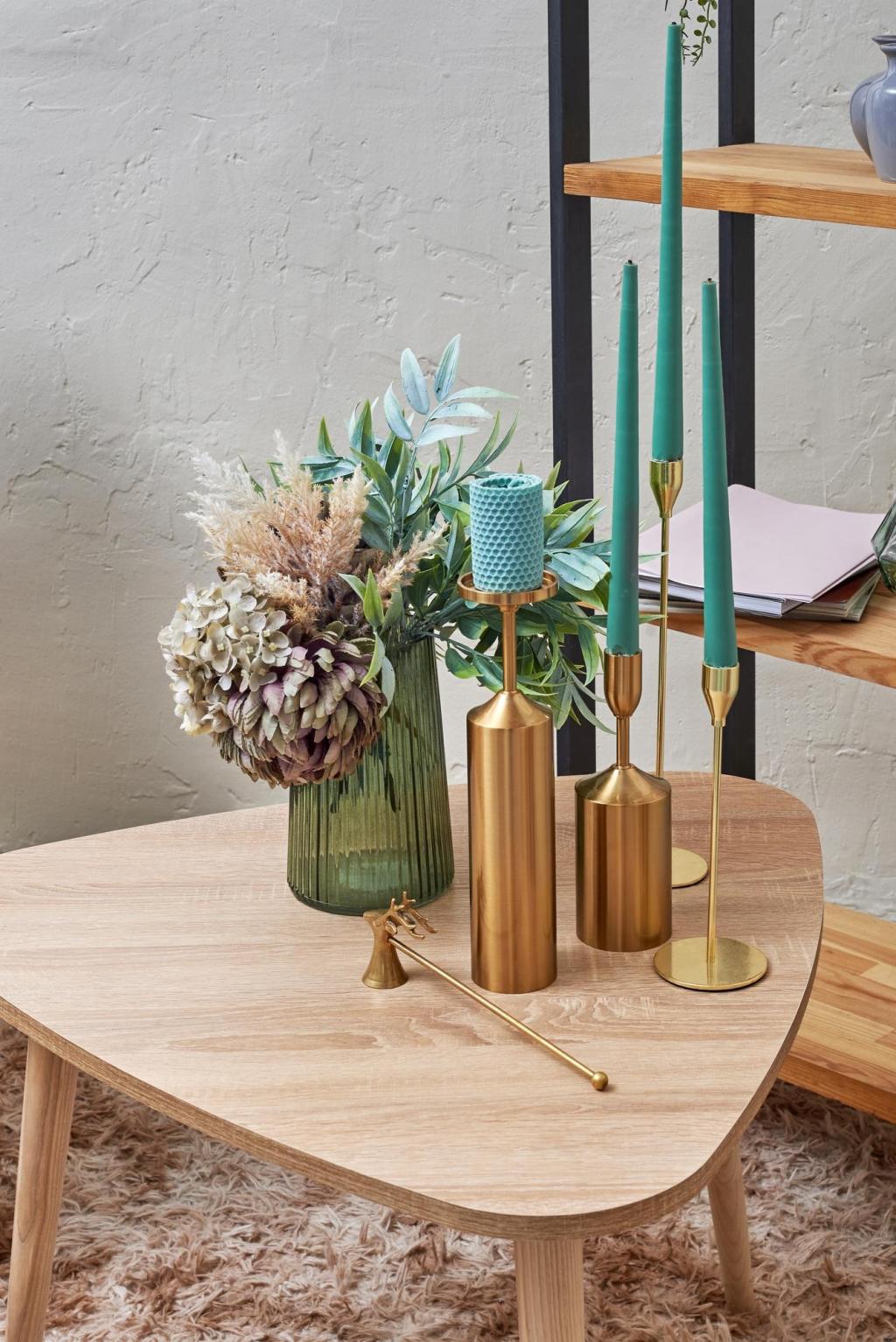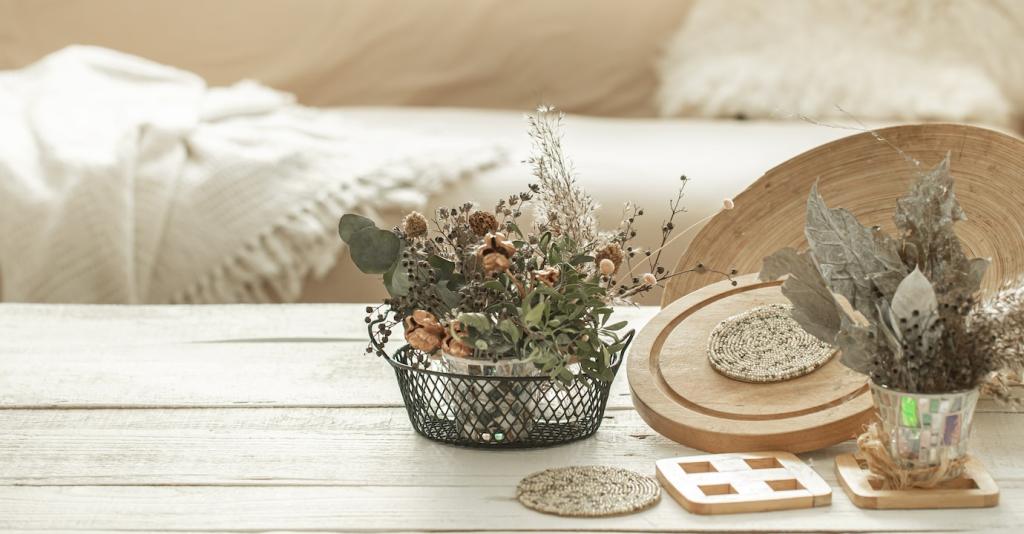Design for Circularity
Choose upholstery with replaceable covers, commercial-grade hinges, and finishes rated for abrasion. Durable choices reduce waste and look better longer. A café avoided annual chair replacements by switching to repairable stools and saved both money and landfill space.
Design for Circularity
Use mechanical fasteners instead of permanent adhesives so components can be separated and recycled. Label panels discreetly for easier future repairs. Your future self will thank you when a single scratched plank no longer forces a full floor replacement.









